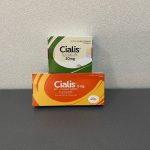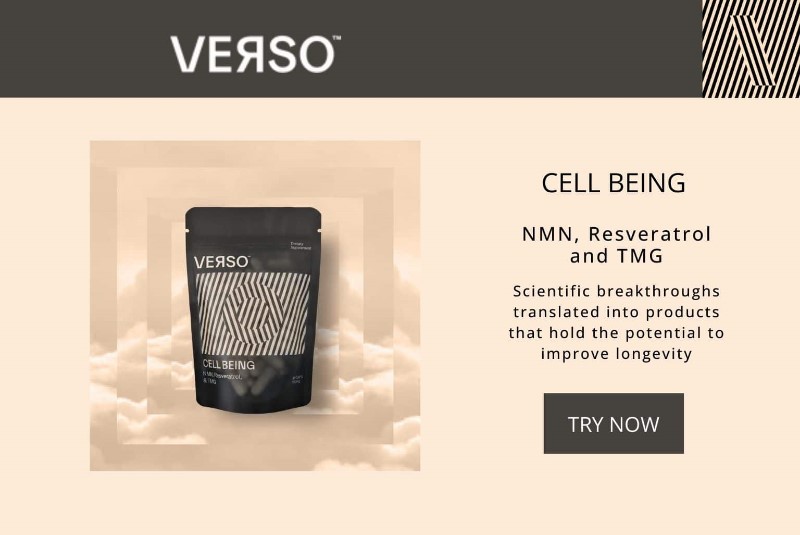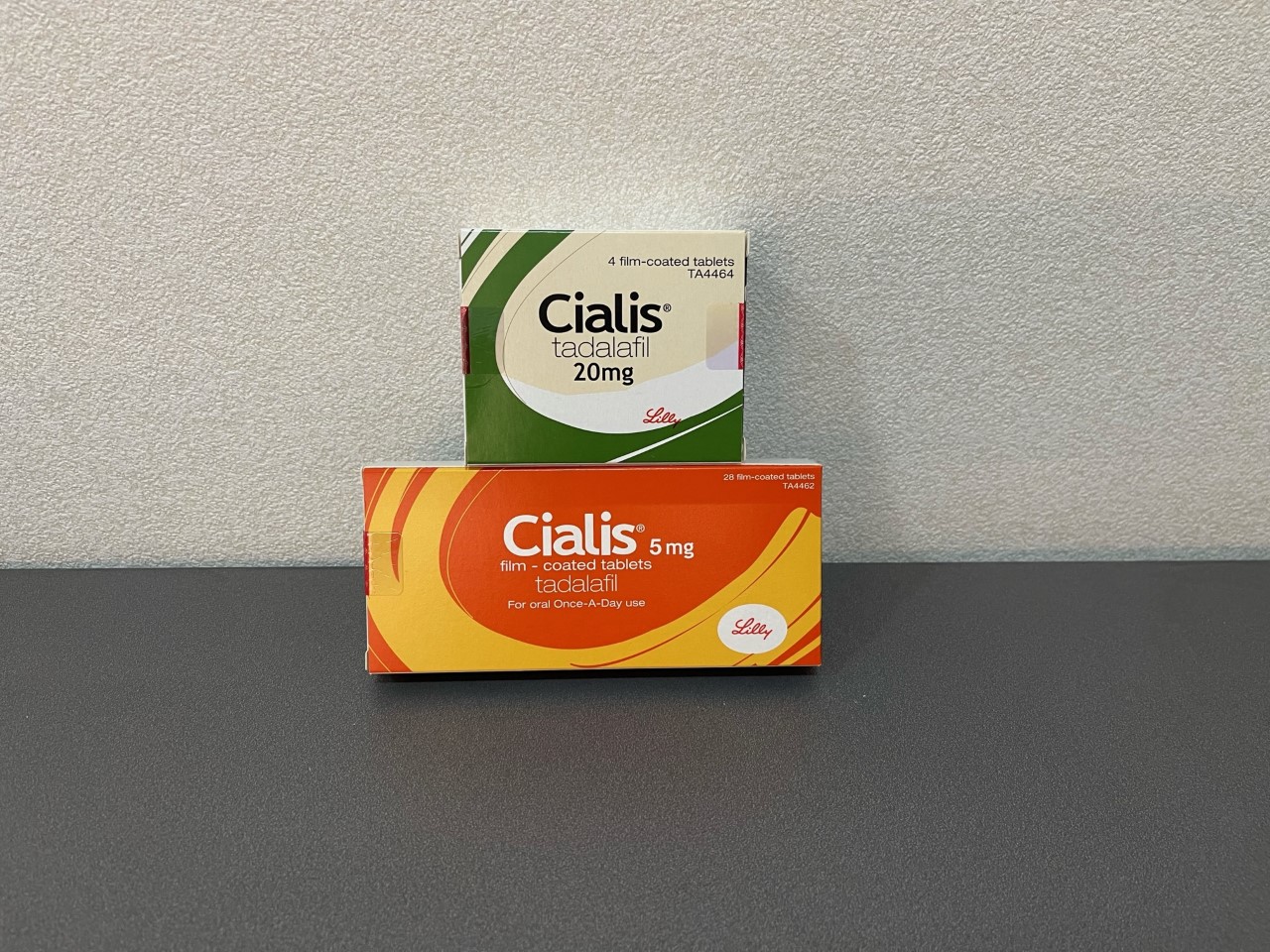One significant hurdle is ensuring the safety and efficacy of using Verso cells in clinical applications. The field of regenerative medicine has witnessed remarkable advancements in recent years, with the potential to revolutionize healthcare as we know it. One such breakthrough is the development of Verso Cell Being, a cutting-edge technology that holds promise for treating various diseases and injuries. This article aims to explore the journey of Verso Cell Being from bench to bedside. At its core, Verso Cell Being involves harnessing the power of stem cells – undifferentiated cells capable of transforming into different cell types – to regenerate damaged tissues and organs. Stem cells have long been hailed as a game-changer in medical science due to their unique ability to self-renew and differentiate into specialized cell types.
The journey begins at the laboratory bench, where scientists meticulously study stem cells and their behavior. They conduct extensive research on how these cells can be manipulated and guided towards specific lineages or tissue types. Through rigorous experimentation, verso cell being they identify optimal conditions for culturing stem cells and inducing differentiation. Once researchers have gained sufficient knowledge about manipulating stem cells, they move on to preclinical studies using animal models. These experiments help validate the safety and efficacy of Verso Cell Being before human trials commence. Animal models provide valuable insights into how well this technology works in vivo, allowing researchers to fine-tune their approach further. After successful preclinical studies, clinical trials are conducted involving human participants who volunteer for experimental treatment using Verso Cell Being.
These trials follow strict protocols set by regulatory authorities like the Food and Drug Administration (FDA) or European Medicines Agency (EMA). The primary goal is not only assessing safety but also evaluating effectiveness through controlled testing against existing treatments or placebos. Clinical trials involve multiple phases that gradually expand participant numbers while monitoring outcomes closely. Phase I focuses on establishing safety parameters; Phase II assesses dosage levels; Phase III compares treatment efficacy against standard care options; finally leading up to Phase IV, which monitors long-term effects after the treatment is approved for public use. Throughout this journey from bench to bedside, collaboration between scientists, clinicians, and regulatory bodies plays a crucial role. The interdisciplinary nature of regenerative medicine necessitates close coordination among experts in various fields such as biology, chemistry, engineering, and clinical practice.












